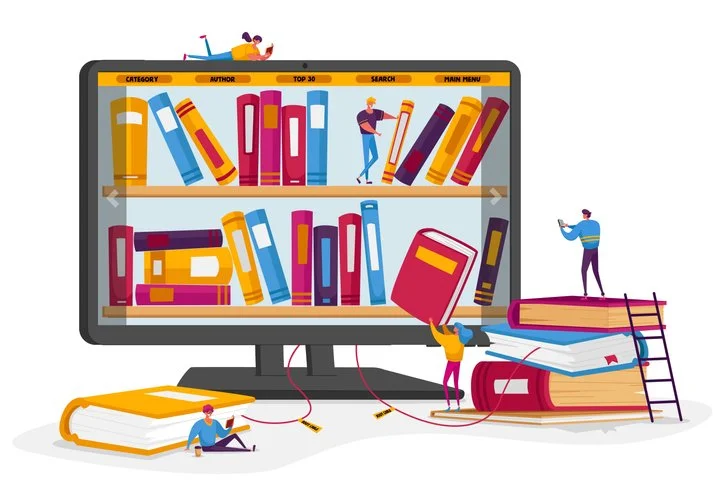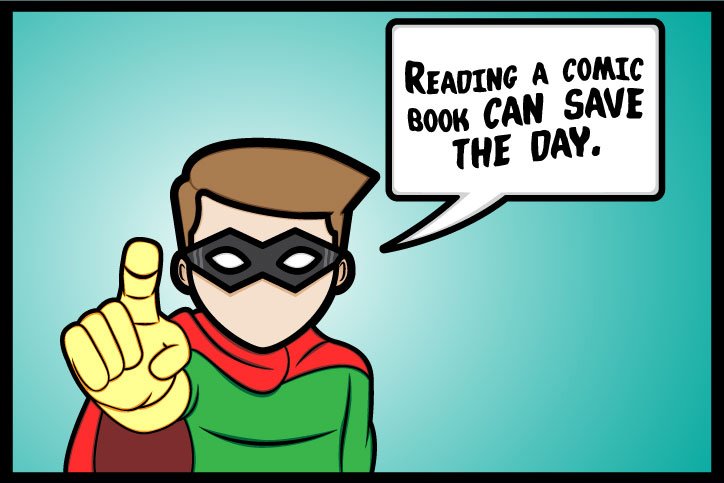“Education should be aimed at promoting skills and competencies and not just closed knowledge or programmed techniques.”
What happens when History & Geography content is incorporated into the dynamics of the Physical Education class? As teachers in these subjects, we observed that a timely articulation of interdisciplinary content would be beneficial to students, where each incorporated element has a meaning for the students’ learning related to collaborative work, problem-solving, and decision-making in Sports and History & Geography. However, when planning such educational proposals, questions usually arise, such as, “Can we find similar learning goals to integrate both classes? Will the Physical Education class become monotonous by introducing content not specific to this subject? Will the students be bored?” In this article, I will share this experience and the results obtained.
“Generally physical education classes teach classical sports such as football, basketball, volleyball, and folk dances, but also activities related to ‘orienteering’ sports.”
Physical Education and Health is a central subject of school education for the integral formation of the human being. From the regular practice of physical activity, students develop motor skills, fair-play attitudes, leadership, and self-care, giving them the possibility to acquire an active and healthy lifestyle, which is associated with multiple individual and social benefits (Chilean Ministry of Education, 2013).
The Physical Education class also promotes the formation of values for personal and professional life, such as respect, companionship, solidarity, perseverance, empathy, and commitment. Generally, physical education classes teach classical sports such as football, basketball, volleyball, and folk dances, but also activities related to orienteering or orientation race, which is also a discipline. For students to understand what this sport is about, we provide a theoretical introduction presenting the basic origins and foundations of this discipline and how it has evolved over time.
“Students put into practice the basics of the orientation race, such as, “Find a clue and continue to the next station.” At the same time, they learned History and Geography because each question addressed that content.”
In general, the most important challenge was to integrate content from another subject, History & Geography, into a Physical Education activity for eighth-graders who are between 12 and 15 years of age. Seeking to strengthen the contents of this subject, we adapted a game called “Treasure Hunt” that is similar to the orientation race but with a more interdisciplinary touch. In this activity, we covered content on the Modern Age, the Renaissance, and the French Revolution, as outlined in the Bases and Programs of the Ministry of Education in Chile.
We used the open-access online platform called “SuperTeacherTools,” which uses the templates of the famous TV game, Who Wants to Be a Millionaire? In the game, ten student participants (five male and five female) must search for the hidden clues, one by one, in the classroom. Each clue has two possible answers to the question projected in the class (a distracting answer and the correct answer). Because the entire group participates in the activity, before choosing an answer, students have to agree with each other to select the correct one. Each question has four possible answers, which is the format of this game. The contest continues in this manner through questions until coming to question number ten.
“The learning goals that were achieved were that the students played cooperatively, came to know the principle of fair play (sportsmanship), reached agreements, accepted the results, and showed respect for the other participants.”
This activity was planned for students to immerse themselves in a dynamic of play where, as it progressed, they put into practice the basics of the orientation race, such as, “Find a clue and continue to the next station.” At the same time, they learned History and Geography because each question addressed that content. The learning goals that were achieved were that the students played cooperatively, came to know the principle of fair play (sportsmanship), reached agreements, accepted the results, and showed respect for the other participants. In addition, the use of information technology tools generates a dynamic of participation and learning that promotes the active participation of the student, which must be continuously encouraged by every teacher.
The experience that the students enjoyed was pleasantly received and encourages us to improve this learning proposal, perhaps in a larger space or outdoors, or also to explore the integration of Physical Education with other subjects such as English, for example.
“Education should be aimed at promoting skills and competencies and not just closed knowledge or programmed techniques.”
– Pozo and Monereo, 1999 –
I encourage teachers to propose significant new learning experiences for their students, as well as to generate new perspectives that support the development of our students’ talents and motivate them never to stop learning.
About the author
Luis Andrés Villalón Vega (andresvillalonlv@gmail.com) holds a bachelor’s degree in Education. He is also a scientific communicator at ChileCientifico and general manager of Learning Hublab, an educational organization that works in the formation of sustainable educational communities in the public and private sectors.
References
Concept of Physical Education. (2019,04) Drafting team of concept; Recovered from https://concepto.de/educacion-fisica-2/
Ministry of Education (2013). Curricular Bases of Basic Education- History, Geography, and Social Sciences. Santiago, Chile.
Pozo, J.I. and Monereo, C. (1999). Strategic learning. Madrid: Santillana.
This article from Observatory of the Institute for the Future of Education may be shared under the terms of the license CC BY-NC-SA 4.0 
)
)





)
Roman Litvin
Roman Litvin
Roman Litvin